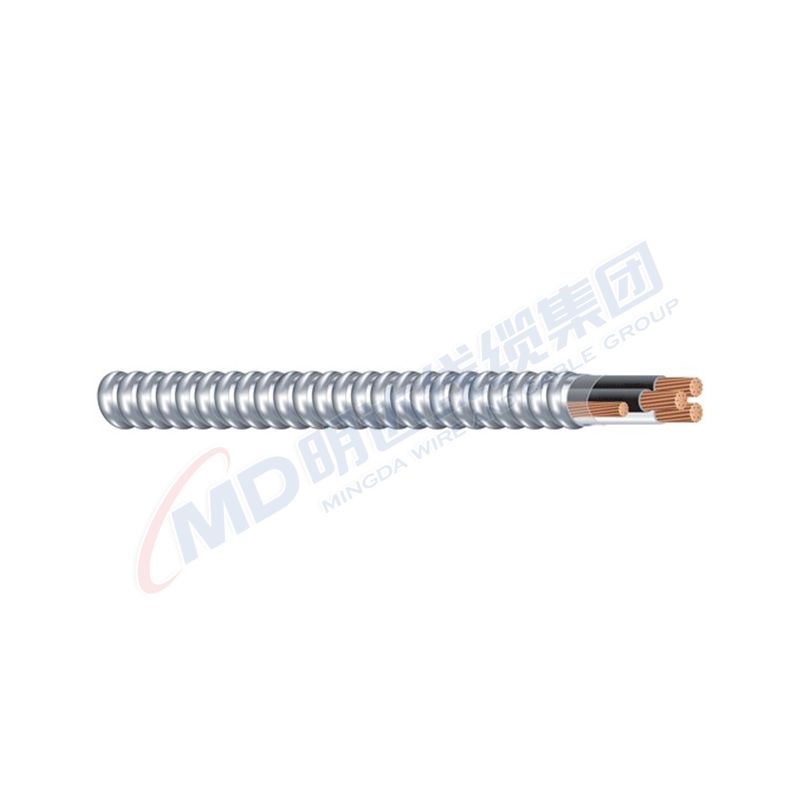Aluminum alloy conductor cables are created from aluminum alloy materials that improve upon the properties of pure aluminum. By incorporating elements such as copper, magnesium, and silicon, these alloys achieve better conductivity, increased mechanical strength, and enhanced resistance to corrosion. These attributes make aluminum alloy conductor cables an adaptable and dependable choice for a multitude of uses.

Featuring exceptional electrical conductivity, aluminum alloy conductor cables ensure efficient power transmission across extended distances. The augmented conductivity minimizes energy losses, making these cables perfect for high-voltage and long-distance scenarios.
A noteworthy benefit of aluminum alloy conductor cables is their lightweight nature. Because aluminum alloys are much lighter than copper, these cables are easier to handle, transport, and install. Their flexibility also facilitates smoother installation, particularly in tight or constrained spaces.
Compared to copper cables, aluminum alloy conductor cables are more cost-effective. The lower price of aluminum, combined with the enhanced performance characteristics of the alloy, renders these cables an economical option for various electrical applications.
The inclusion of magnesium and silicon enhances the corrosion resistance of aluminum alloy conductor cables, making them suitable for harsh environments where exposure to moisture, chemicals, and other corrosive elements might be prevalent.
Aluminum alloy conductor cables boast superior mechanical strength due to the alloying process. This ensures that the electric cables can endure mechanical stress during both installation and operation, minimizing the risk of damage and enhancing overall reliability.
These cables are extensively used in power transmission and distribution systems. Their excellent conductivity and lightweight properties are ideal for overhead power lines, reducing the overall weight and lowering installation costs.
In industrial and commercial environments, aluminum alloy conductor cables serve in electrical wiring and cabling in buildings, factories, and other installations. Their inherent flexibility and cost advantages make them a favored choice across various electrical setups.
The renewable energy sector, covering solar and wind power setups, depends on aluminum alloy conductor cables for effective power transmission. Their lightweight and corrosion-resistant properties are particularly advantageous for outdoor and marine applications.
The aerospace and automotive sectors also make use of aluminum alloy conductor cables. Their light weight contributes to reducing the overall weight of vehicles and aircraft, leading to better fuel efficiency and performance.
To extend the lifespan and ensure optimal performance of aluminum alloy conductor cables, proper handling and storage are essential. Store cables in a dry, cool area away from direct sunlight and corrosive substances. Handle with care to avoid excessive bending or twisting.
Selecting the appropriate size and type of aluminum alloy conductor cable for a specific application is critical. Consider factors like current-carrying capacity, voltage rating, and environmental conditions when choosing the right cable.
Ensuring proper connections and terminations is vital for maintaining the electrical integrity of aluminum alloy conductor cables. Utilize high-quality connectors and terminals to guarantee secure and dependable connections. Routine inspections and maintenance can help preclude issues such as connections becoming loose or corroded.
Compliance with industry standards and regulations is crucial when installing aluminum alloy conductor cables. Adhering to guidelines from entities like the International Electrotechnical Commission (IEC) and the National Electrical Code (NEC) emphasizes the safety and reliability of electrical installations.
Comments
Please Join Us to post.
0